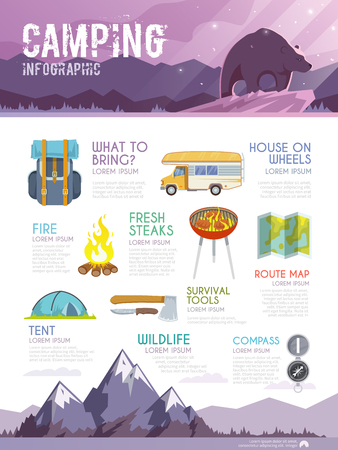Using The Internet To Drive Sales Of Your Camping Tents
Using The Internet To Drive Sales Of Your Camping Tents
Blog Article
The Background of Bell Tents
From the nomadic tribes of Central Asia to glamping sites around the globe, bell camping tents have become a symbol of rustic journey. Their legendary shape and large interiors produce an ambiance that is both cozy and majestic.
When was the first tent invented?
Their origins can be traced to military outdoors tents created by Henry Hopkins Sibley, who patented the conical canvas shelter in 1856. The layout was based upon the Native American teepee and was designed to be conveniently constructed, resilient and mobile.
Beginnings
The bell tent has been a staple for exterior fanatics considering that the 19th century. The design is rooted in military outdoors tents that saw solution in the Crimean War, and later came to be prominent with scout teams throughout America. The American Sibley camping tent was a variant of the European bell outdoor tents. Its developer, Henry Hopkins Sibley, took motivation from the Native American tepee when developing his variation. His design incorporated a solitary facility pole, raised bigger walls and a venting cap that permitted smoke from the oven to leave.
Today, modern-day canvas bell outdoors tents provide a sense of deluxe for camping enthusiasts and are a prominent choice for glamping hideaways. With a large interior and an eye-catching form, these tents can be embellished with furnishings and decoration to produce a comfortable and intimate environment for occupants. The round layout likewise helps with wind resistance and allows for flexible interior formats. The less complex style with fewer poles and risks makes it much easier to set up camp and transport to various places.
Armed forces Use
The Bell Camping tent was a home-away-from-home for many soldiers in the 18th century. It was made use of on the combat zone in addition to for command centres and field hospitals.
Its ability to be quickly established in a variety of goal circumstances enabled it to function as an efficient sanctuary and workspace. Its modular layout indicates it can broaden or contract to fit the requirements of different sized groups and goals.
Furthermore, it can be quickly transported making use of a variety of cars and manual transportation, making it a useful choice for army and rescue operations. Its light-weight, small nature also makes it less complicated for soldiers or rescuers to bring and hike throughout complicated terrain to reach their goal site. This conserves useful time and resources.
Glamping
With the surge of glamping, bell camping tents came to be prominent as an elegant outdoor camping option. Their iconic shape creates an enchanting atmosphere and can be fitted with stylish home furnishings to add an added touch of convenience to your camping experience.
In the 19th century, the armed forces adapted the layout to make it a lot more durable and sensible for use on battle zone and expeditions. Pet hides were replaced by canvas that had actually been treated with waterproofing agents, making it possible for the bell camping tent to hold up against severe weather.
The bell outdoor tents's functionality captured the attention of leisure campers, and it promptly acquired appeal as a tent for camping trips and various other outdoor events. It is currently a staple at boutique camping sites, music events, and eco-resorts, where it offers a blend of fond memories and sophistication.
Style
The bell camping tent's straightforward design caught the eye of entertainment campers, and it soon became a staple among those that intended to experience the outdoors in style. Today, you can discover these functional structures in campgrounds and at glamping resorts throughout the globe.
The initial patented variation of the bell tent was established by Henry Hopkins Sibley throughout the American Civil War, drawing ideas from Native American tipis. He integrated a solitary main pole, brief side wall surfaces, and an aired vent "cap" winnerwell woodlander stove for smoke from a stove to produce his cutting-edge tent.
In time, Sibley's style boosted with the addition of breathable canvas and other products that permitted the tent to regulate its temperature. Modern bell outdoors tents are made from a variety of materials, including cotton and blends with fire resistant fabric to decrease fire dangers. Their sizable interiors are ideal for setting up furnishings to develop comfortable sleeping areas and lounge areas. They are likewise light-weight and very easy to assemble, making them a terrific option for newbies or any person looking for a hassle-free camping experience.
What is tent fabric called?
